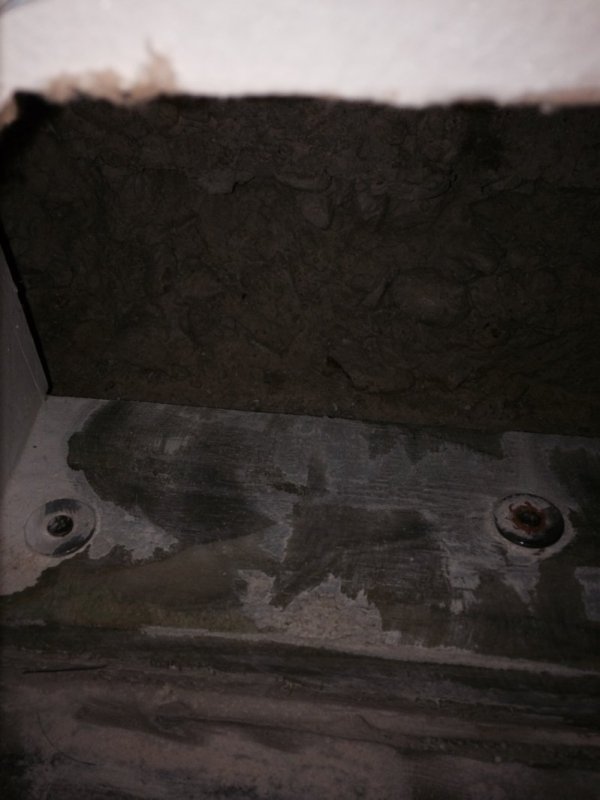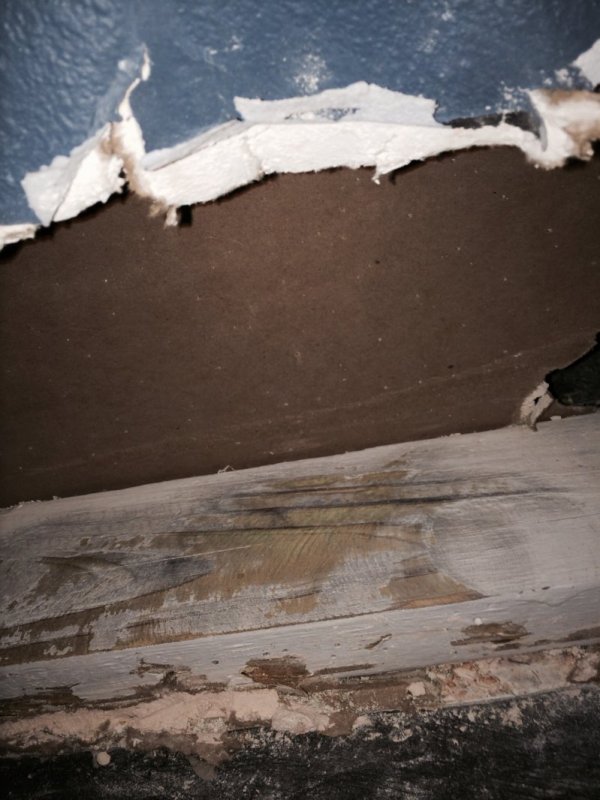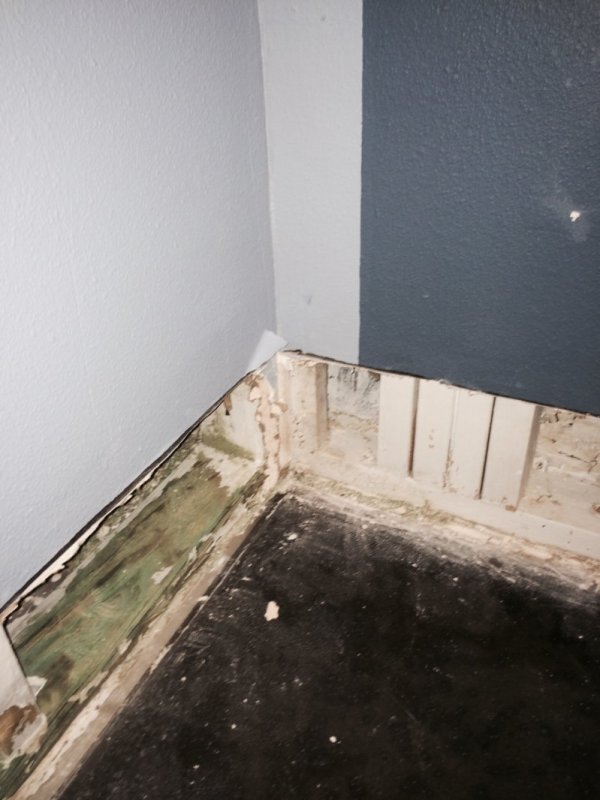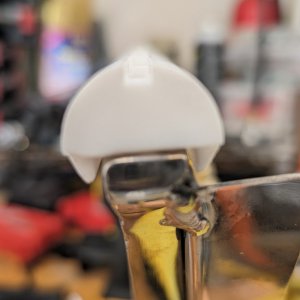tres davis
Member
Had an interesting scenario in a water damage that we did this week. Cool house built into a hill. Upside down build style. When you go in front driveway/2 car garage there is a pool/cabana area and that floor has kitchen/living/laundry/master. Then you go downstairs and there is 3 bedrooms/2 baths/living/2.5 car garage/water closet area. The water closet is quite large and has all the pool equipment/2 water heaters/hvac/lots of storage area. The water heater is sitting up about 3 feet off the ground so the top is almost to the ceiling. It backs up really close to one of the downstairs bathrooms and shares a wall with 2 rooms. Pipe burst and flooded for 3 days while customer was out of town. Went through normal drying process and made good progress on almost all areas. The only area where the moisture level was not dropping was on the bottom framing board running along the concrete slab. The bottom framing board on interior walls and the exterior walls that were not against the slab were drying normally. There was a 2 foot cut of sheetrock along the exterior walls to remove wet insulation (airflow was not a problem). When we noticed no progress on the board next to the slab we put extra equipment for a day and that did not help at all either. The moisture level in the concrete floor was normal.
Some other relevant information:
Customer recently purchased home and found mold when remodeling. Had a couple rounds of mold remediation and then was all cleared. I think Blackmon-Mooring did the remediation. They found out that the previous owner had a similar leak and did not properly handle the water damage. The areas that we were having trouble drying were the same areas where they had the mold remediation.
What are your thoughts on why this board was not drying?
I don't post a lot but I read a lot and learn from many of you. This might be an easy one for some of you but I have not encountered it before and neither had the adjuster. I thought it would be a good one to post and hear some responses and then I will tell you what we found. I have to go back tomorrow and confirm with moisture readings.
Some other relevant information:
Customer recently purchased home and found mold when remodeling. Had a couple rounds of mold remediation and then was all cleared. I think Blackmon-Mooring did the remediation. They found out that the previous owner had a similar leak and did not properly handle the water damage. The areas that we were having trouble drying were the same areas where they had the mold remediation.
What are your thoughts on why this board was not drying?
I don't post a lot but I read a lot and learn from many of you. This might be an easy one for some of you but I have not encountered it before and neither had the adjuster. I thought it would be a good one to post and hear some responses and then I will tell you what we found. I have to go back tomorrow and confirm with moisture readings.





